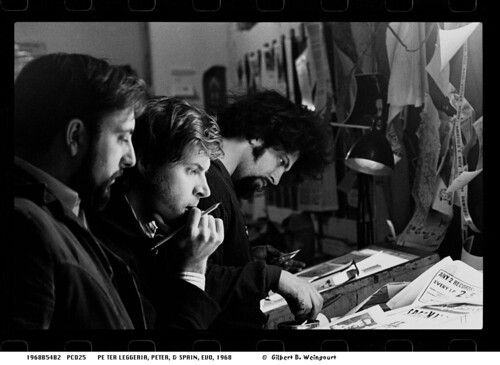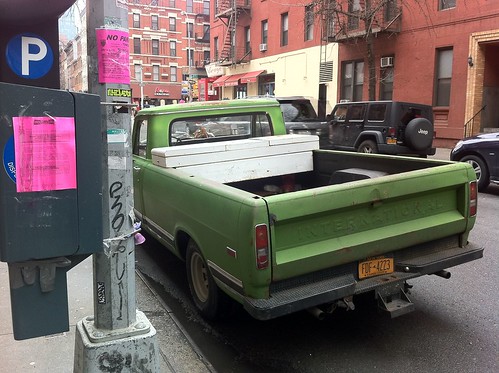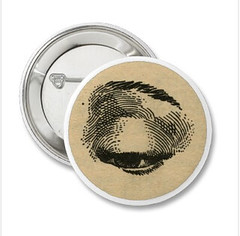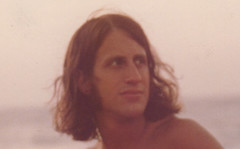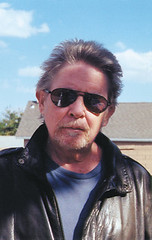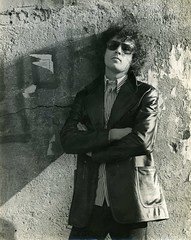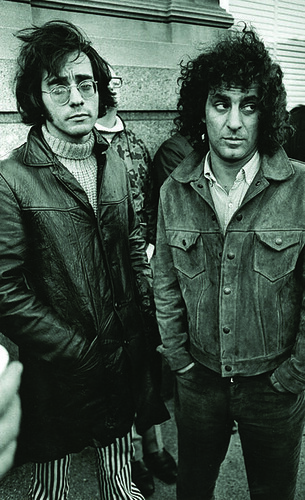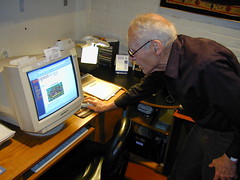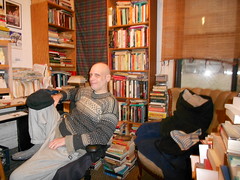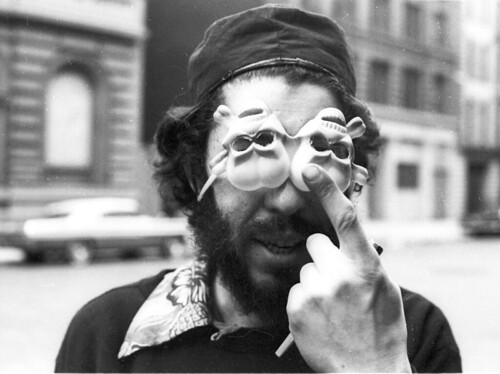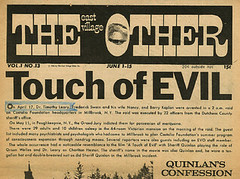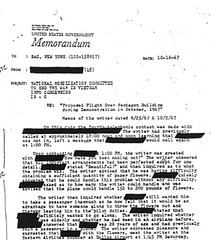Yesterday, Peter Leggieri looked back on his time as an editor-owner of The East Village Other. Today he recalls his departure, and rebuts an earlier piece written by co-founder Dan Rattiner. In that piece, Mr. Rattiner remembered being told by EVO’s publisher, Joel Fabrikant, that the Mafia was behind secret, unauthorized print runs of EVO. He also described abandoning a takeover attempt with co-founder Walter Bowart after they were warned by a lawyer that the company had never paid its withholding tax. Here’s what Mr. Leggieri has to say about all that.
Dan Rattiner’s reminiscence “EVO, the Mafia, and the Takeover That Wasn’t” has so many factual errors and omissions that it should be labeled semi-fiction.
He said stock ownership in EVO began with Walter Bowart, Allen Katzman, and himself each holding three shares which cost $200 per share. He then described a strange “auction” in which he bid $200 and received a fourth share, and John Wilcock bid $100, a sum that should have purchased half a share. The truth is that Wilcock held twelve shares. I should know: I bought them from him when he left EVO in 1966.
Rattiner gave a melodramatic version of the “Takeover That Wasn’t.” Walter Bowart was always the majority holder of EVO stock. He did not need anyone else’s stock in making a corporate decision. However, there is a backstory to Bowart’s presence in New York at the time described by Rattiner.
When I was about to leave EVO in 1969, I called Bowart and explained to him that I was exhausted and burned out after working more than three years with little sleep and no rest. But most of all, I was completely disillusioned with the “Movement” because its leaders, in my eyes, were more interested in personal fame and fortune than with meaningful and achievable change. It was a time when rhetoric trumped reason; and the rhetoric was sounding more and more like slogans from the 19th century. In addition, I explained that, as evidenced by Woodstock, the “underground” EVO had achieved its goals of altering the public discourse on politics, religion, sex, art and lifestyle. Read more…





